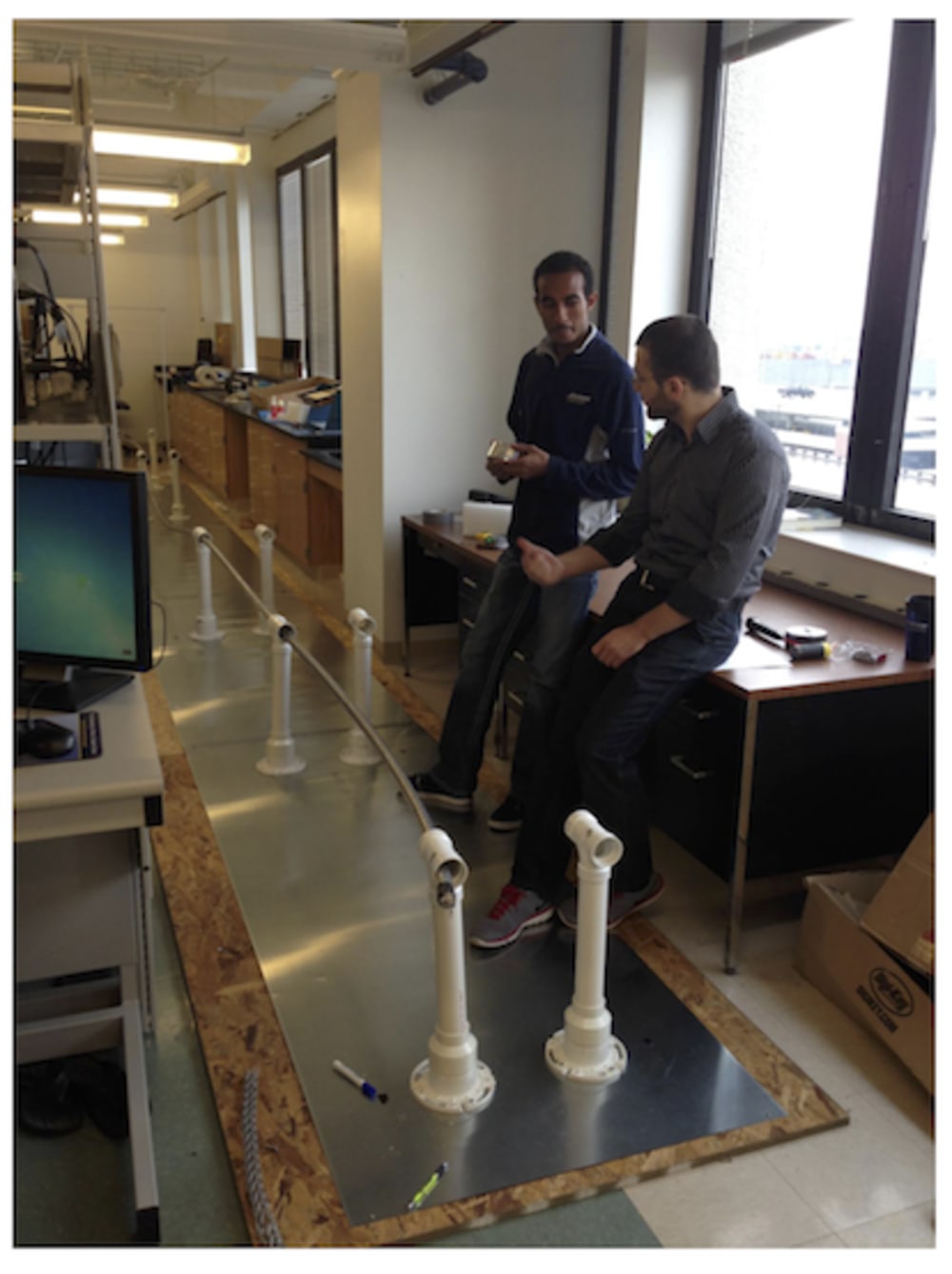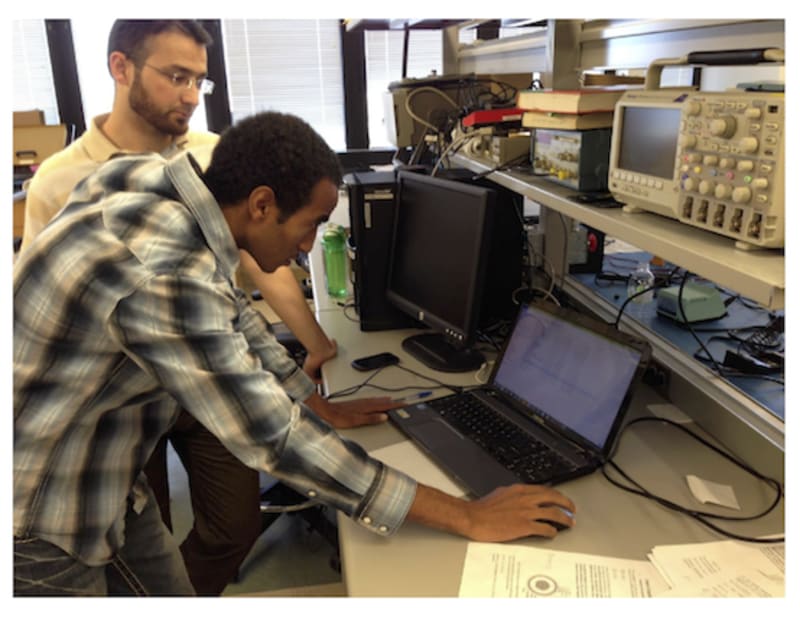Since the early 1950s electric utilities have installed millions of miles of low-voltage underground cables to improve the reliability and resilience of secondary power distribution. Early cable technology included butyl rubber insulated conductors and paper insulated lead coated cables. Over the decades, age and heat have degraded the insulation leading to catastrophic failures and underground fires that can pose a public and employee safety hazard, cause equipment damage, and result in prolonged power outages.
Assessing the condition of underground cables is expensive. Most test techniques are invasive (power outages are required), intrusive (cables need to be disconnected), and destructive (high voltages are applied to create partial discharges).
To address these issues, we propose a method that relates the health conditions of conductors to their high frequency impedance behavior. The phase-to-phase, phase-to-ground, and insulator-to-ground impedances are measured, at frequencies ranging up to 1 MHz, and compared to the theoretical impedances of the cables under the same operating conditions. Then, specific active clamp sensors are used to measure the impedance of the cables at a specified frequency to determining the health condition of the cables in field applications.
The novel active clamp assessment technology discussed accurately determines the condition of underground cable insulation. It is non-intrusive, non-invasive and non-destructive. Results from simple tests provide accurate condition assessments used to prioritize cable replacement. The technology can be called a cable failure prediction system.
Like this entry?
-
About the Entrant
- Name:John Lauletta
- Type of entry:individual
- Software used for this entry:Matlab/Simulink
- Patent status:pending








